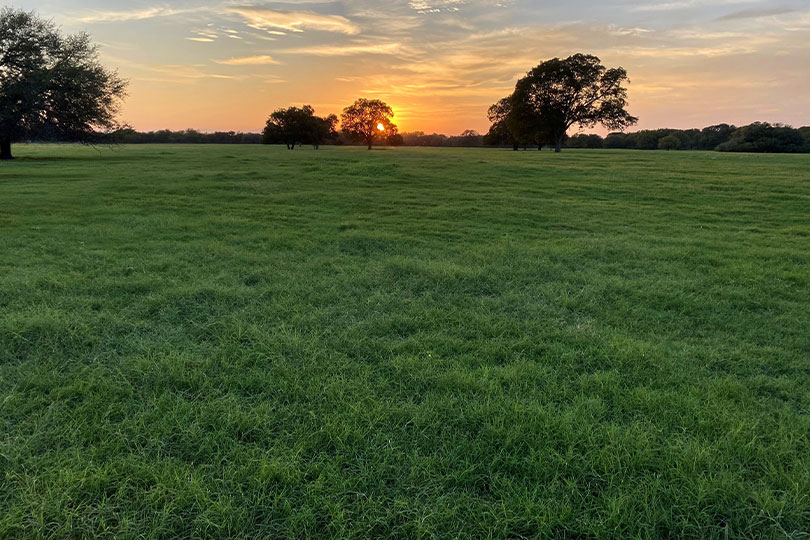Pasture management is a key component as ranchers determine whether or not to begin rebuilding their cattle herds.
“Grazing is such an integral part of cattle production—from cow-calf to stockers,” Jeff Clark, market development specialist for Corteva Agriscience, said. “Whether due to too little or too much moisture, our grazing lands have taken a beating. They need recovery and that takes time.”
Clark recommends looking at pasture quality before considering increasing herd numbers. He notes it is important to improve the grazing acres ranchers already have, including reducing grazing pressure and extending rest periods to allow pastures to recover.
In the growing season, Clark recommends managing moisture for maximum benefit. Volunteer trees, thistles and other invasive weeds consume valuable moisture. By controlling low-value and undesirable plants, more moisture can go to the forage that needs it.
Grazing rotation possibilities are limited by large pastures, but crossfencing can give ranchers more flexibility. By moving cattle throughout paddocks based on level of forage production, forage utilization improves and allows greater rest-recovery periods.
Incorporating weed and brush control, fertilizer according to soil testing or overseeding where needed can also help boost productivity, Clark noted.
“Herd rebuilding or expansion must start with enabling grazing land to support the additional animals over the long term,” Clark said.
He recommends ranchers reach out to trusted advisers, Extension specialists, consultants or industry experts to help make the best decisions for their operation.
Investing in pasture improvement can be an effective cost-management strategy, because grazed forages are the lowest-cost feed source throughout the year.
“Everyone in the livestock industry has to focus on input costs, and a well-managed pasture or grazing program always help suppress supplemental feed expenses. It’s often overlooked, but it’s very important to keep one eye on the pasture and the other on the herd,” Tracy Tomascik, Texas Farm Bureau associate director of Commodity and Regulatory Activities, said.


Leave A Comment